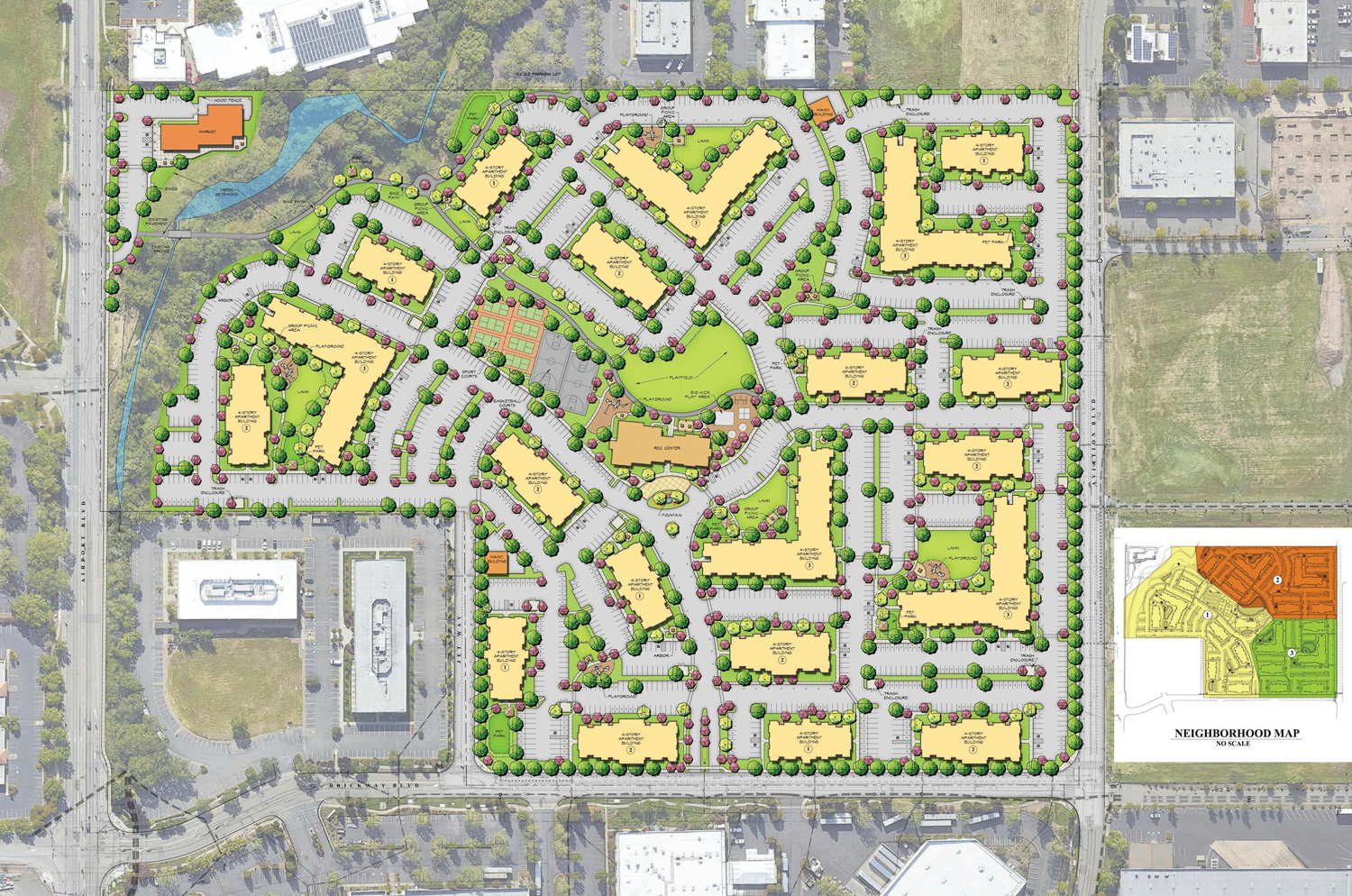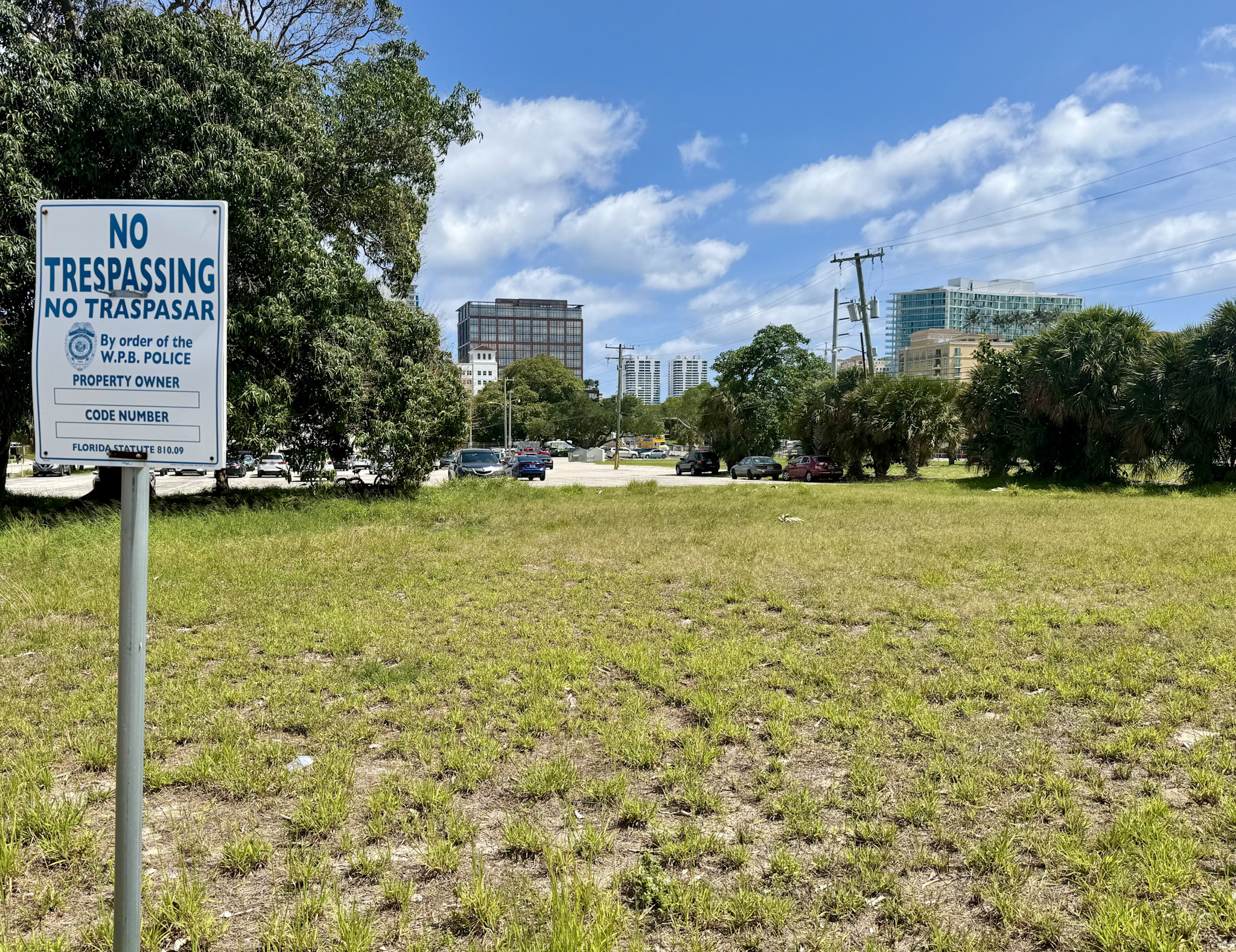Report on Montgomery County’s Initiatives Concerning Sustainable Development Goals
Initiative 1: Enhancing Housing Affordability in Alignment with SDG 1, SDG 10, and SDG 11
Montgomery County Executive Marc Elrich has identified significant shortcomings in the Moderately Priced Dwelling Units (MPDU) program, highlighting a misalignment with key Sustainable Development Goals. The current housing strategy challenges the county’s progress toward SDG 11 (Sustainable Cities and Communities), which calls for access to adequate, safe, and affordable housing for all.
Current Program Deficiencies and SDG Impact
- Violation of SDG 10 (Reduced Inequalities): The MPDU program is criticized for serving an overly narrow demographic, specifically households earning between 65% and 75% of the area median income. This exclusivity exacerbates housing inequality.
- Challenge to SDG 1 (No Poverty): The lack of accessible housing for lower and middle-income groups creates significant barriers to economic stability, making it difficult for residents to escape poverty.
- Failure to Meet SDG 11 (Sustainable Cities and Communities): A development trend favoring unaffordable high-rise apartments over diverse housing options directly contravenes the goal of creating inclusive and sustainable urban environments.
Proposed Legislative Reforms for SDG Alignment
- Introduce new legislation to expand the salary cap for MPDU program eligibility, thereby broadening access for more residents and advancing SDG 10.
- Mandate an increase in the number of affordable units required in new development projects to directly address the housing affordability crisis, in line with Target 11.1 of the SDGs.
Initiative 2: Balancing Public Safety and Human Rights in Accordance with SDG 10 and SDG 16
The county administration is addressing federal immigration enforcement policies with a focus on upholding SDG 16 (Peace, Justice and Strong Institutions) and SDG 10 (Reduced Inequalities). This involves establishing clear protocols for local law enforcement in their interactions with federal agencies like U.S. Immigration and Customs Enforcement (ICE).
Context and County Stance
- Federal Enforcement Climate: The county anticipates intensified ICE raids, supported by a substantial increase in federal funding for immigration enforcement, detention, and staffing.
- Official County Position: Montgomery County has not declared itself a “sanctuary jurisdiction.” However, its policy is structured to protect residents and reduce inequalities based on migratory status (SDG 10) by limiting cooperation with federal immigration authorities.
- Commitment to SDG 16: To promote justice and strong local institutions, the county assists federal agencies on cases involving violent crime but does not honor civil detainers, which are not legally mandated.
- Protecting Human Rights: County police are instructed to verify the identity of any individual claiming to be a federal agent and will intervene to prevent assault, ensuring the rule of law is applied equally to all. The administration acknowledges, however, that it lacks the authority to stop actions carried out by federal troops.
Analysis of Sustainable Development Goals in the Article
1. Relevant Sustainable Development Goals (SDGs)
-
SDG 11: Sustainable Cities and Communities
- The article extensively discusses the challenges of housing affordability in Montgomery County. The critique of the Moderately Priced Dwelling Units (MPDU) program for failing to serve a broad range of residents and the plan to introduce legislation to expand affordable housing directly align with the goal of making cities and human settlements inclusive, safe, resilient, and sustainable.
-
SDG 16: Peace, Justice and Strong Institutions
- The discussion on the county’s relationship with U.S. Immigration and Customs Enforcement (ICE) relates to this goal. It touches upon the rule of law, the accountability of institutions (both local and federal), and access to justice for all residents, including immigrants. The county’s official stance on cooperation with ICE and the instructions given to local police reflect the functioning of local institutions in a complex legal and political environment.
-
SDG 10: Reduced Inequalities
- This goal is relevant to the section on immigration enforcement. The article highlights the vulnerabilities of the immigrant population in the face of increased federal enforcement and raids. The discussion addresses the inequalities in safety and legal protection experienced by this group, connecting to the goal of reducing inequality within and among countries, which includes protecting the rights of migrants.
2. Specific SDG Targets
-
Target 11.1: By 2030, ensure access for all to adequate, safe and affordable housing and basic services and upgrade slums.
- This target is directly identified through the article’s focus on the MPDU program. County Executive Marc Elrich’s statement that the program “actually kind of sucks” and that there is “a problem at the bottom and we’ve got a problem in the middle” highlights the lack of access to affordable housing. The plan to introduce legislation to expand the program is a direct attempt to address this target.
-
Target 16.3: Promote the rule of law at the national and international levels and ensure equal access to justice for all.
- This target is reflected in the county’s efforts to define its legal obligations regarding ICE. Elrich’s clarification that the county assists with violent crime cases but does not have a “legal obligation to cooperate with things such as civil detainers” is an application of the rule of law. Furthermore, the instruction for police to intervene if they witness an assault, even by a purported ICE officer, is an effort to ensure equal access to justice and protection for all individuals within the county.
-
Target 10.7: Facilitate orderly, safe, regular and responsible migration and mobility of people, including through the implementation of planned and well-managed migration policies.
- The article addresses the challenges to this target by describing the federal government’s increased funding for ICE and the threat of “big raids.” This creates an environment that undermines safe and orderly living for migrants. The county’s struggle to balance its responsibilities with federal mandates shows the difficulty in implementing well-managed migration policies at the local level when faced with aggressive national enforcement strategies.
3. Mentioned or Implied Indicators
-
Indicators for Target 11.1
- The article explicitly mentions an indicator used to measure the scope of the current housing program: the income level it serves, which is “between 65% and 75% of the area median income.” The insufficiency of this range is a key point of criticism.
- The plan to “expand the salary cap and how many units would need to be offered” implies that the number of affordable units and the income eligibility criteria are key indicators for measuring progress toward providing adequate housing.
-
Indicators for Targets 16.3 and 10.7
- A quantitative indicator is explicitly mentioned: the federal budget for immigration enforcement. The article states that “in total more than $160 billion is slated to go toward immigration enforcement and detention.” This figure serves as an indicator of the scale and priority of federal enforcement actions that impact local justice and migrant safety.
- A qualitative indicator is the county’s official policy on cooperation with ICE. The statement that Montgomery County has “a low amount of cooperation with ICE” and is not a sanctuary city serves as an indicator of the local institution’s position and actions regarding federal immigration policy.
Summary Table
| SDGs | Targets | Indicators |
|---|---|---|
| SDG 11: Sustainable Cities and Communities | 11.1: Ensure access for all to adequate, safe and affordable housing. |
|
| SDG 16: Peace, Justice and Strong Institutions | 16.3: Promote the rule of law and ensure equal access to justice for all. |
|
| SDG 10: Reduced Inequalities | 10.7: Facilitate orderly, safe, regular and responsible migration and mobility of people. |
|
Source: bethesdamagazine.com







